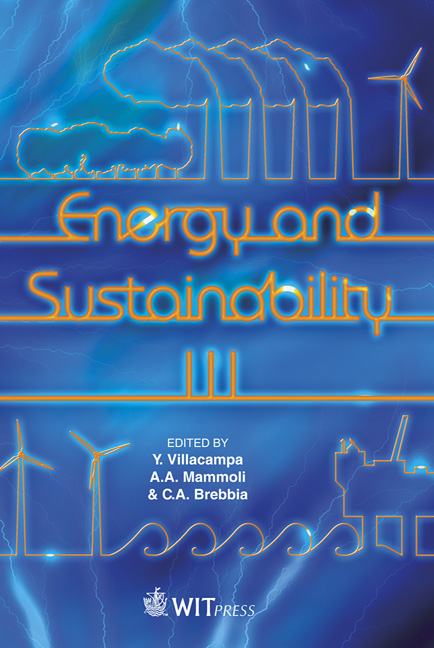Anaerobic Digestion Of Cattle Manure: Effect Of Phase-separation
Price
Free (open access)
Transaction
Volume
143
Pages
12
Page Range
133 - 144
Published
2011
Size
511 kb
Paper DOI
10.2495/ESUS110121
Copyright
WIT Press
Author(s)
V. Yılmaz & G. N. Demirer
Abstract
Various aspects of anaerobic digestion (AD) technology have been the focus of research in recent years. Shortening the digestion time with enhanced process efficiency is one of the integral concerns in AD technology. This study was conducted to investigate the feasibility of a two-phase anaerobic treatment system for unscreened dairy manure. Hydraulic retention time (HRT) and organic loading rate (OLR) in the hydrolytic reactor are varied in order to evaluate the effect of these factors. The results showed that an optimum HRT and OLR of 2 days and 15 g.VS/L.day, respectively, yielded maximum acidification. The separation of acidogenic and methanogenic phases of digestion resulted in a significant increase in methane production rate in the methane reactor. The methane yields were found to be 313 and 221 mL CH4/g.VS loaded in two-phase and one-phase systems at 35°C, respectively. Keywords: anaerobic digestion, dairy manure, two-phase, methane. 1 Introduction With the rapid depletion of conventional energy sources, the need to find alternative, but preferably renewable, sources of energy is becoming increasingly acute. Through anaerobic digestion of biomass, including animal wastes, useful energy can be obtained [20]. Biogas plants are expected to be an effective solution to the manure management problem providing benefits such as energy saving, environmental protection and reduced CO2 emissions. Anaerobic digestion of organic matter became more and more attractive in the recent past because new reactor designs significantly improved the reactor
Keywords
anaerobic digestion, dairy manure, two-phase, methane





